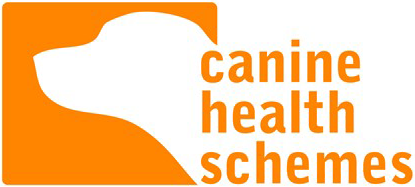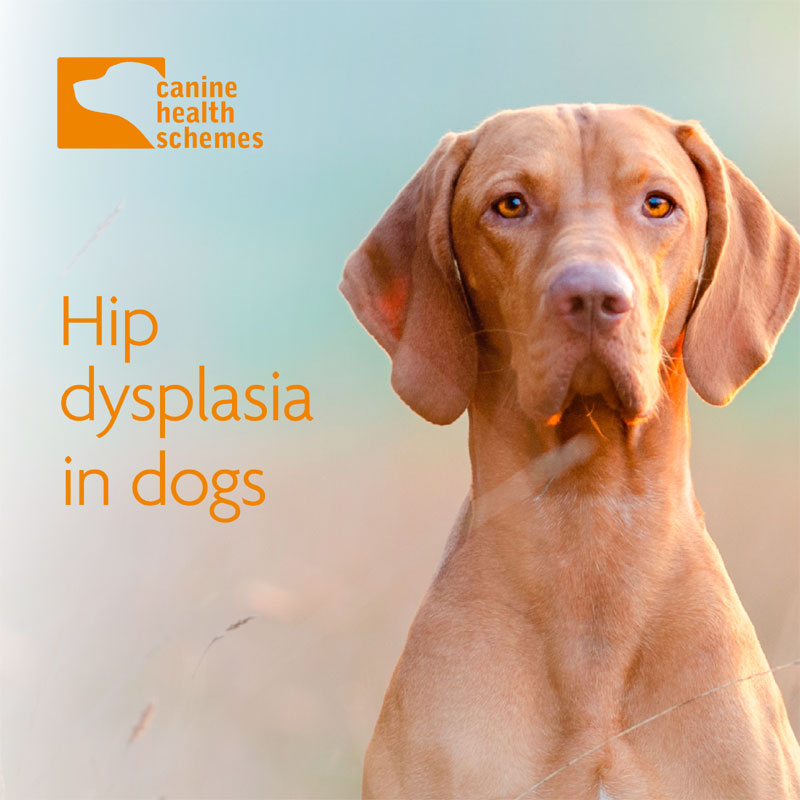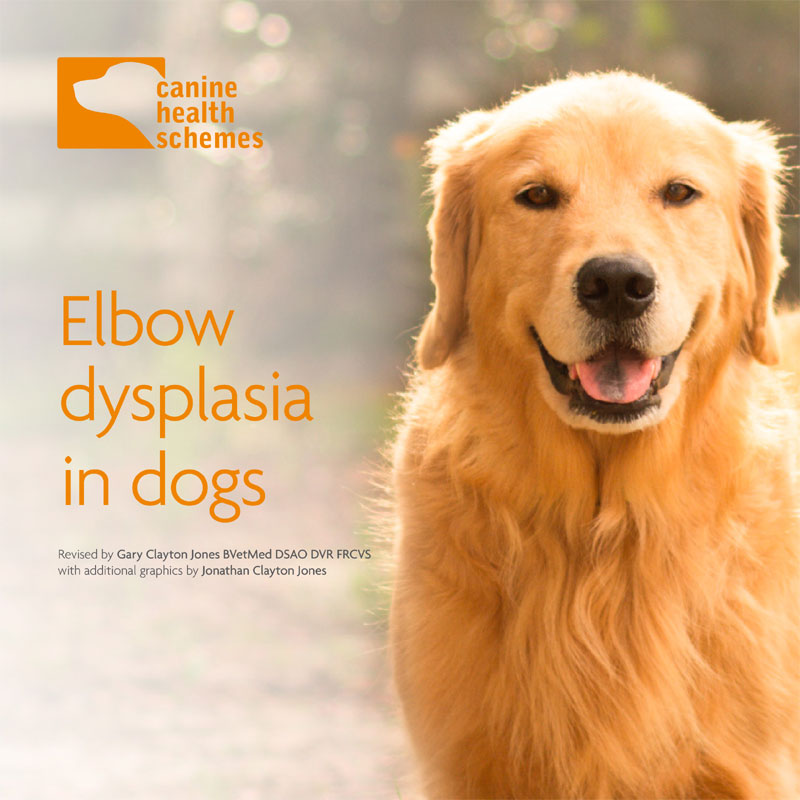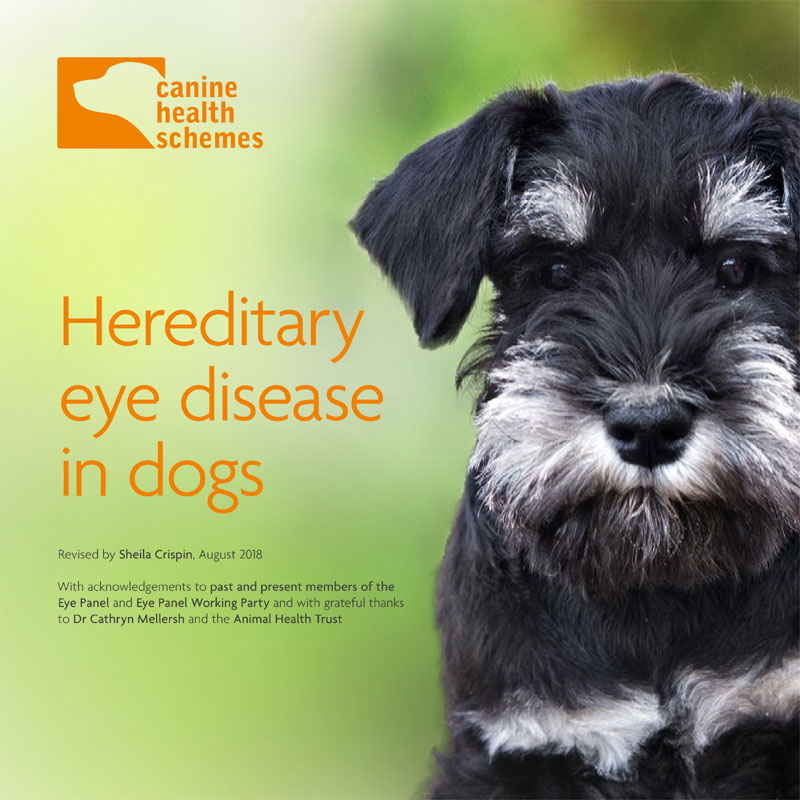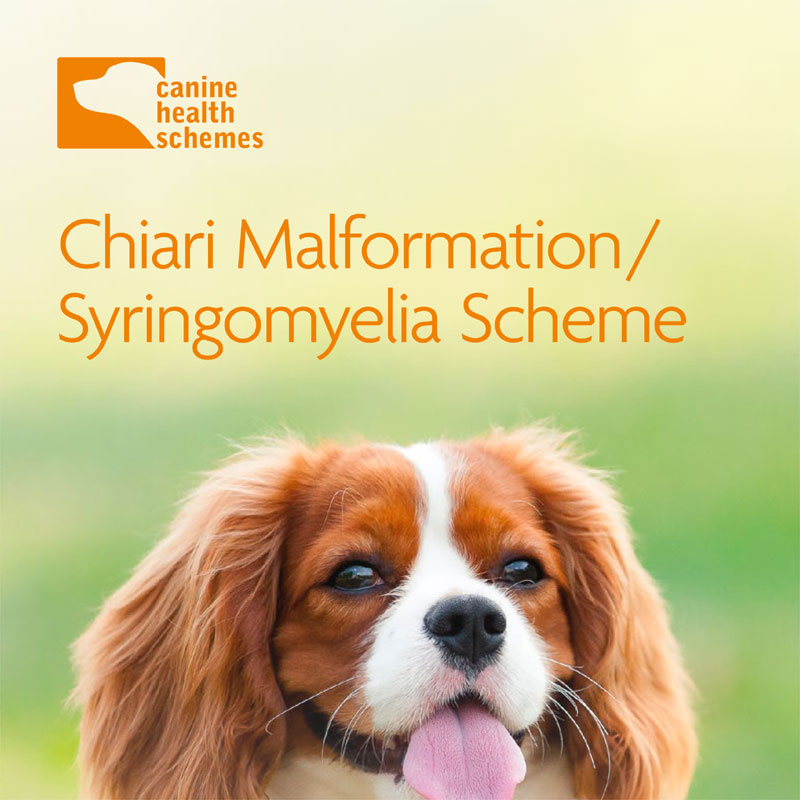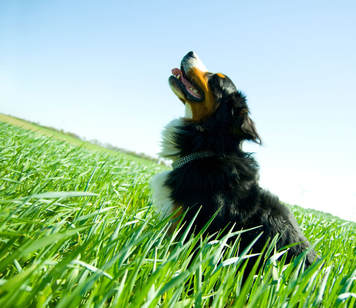
Many of our dog breeds and mixed breed dogs suffer from genetic diseases. It is important that a prospective dog owner knows about these and asks a breeder whether the relevant health testing has been carried out on both parent dogs.
For single gene disorders a DNA test may be available but for some complex conditions the British Veterinary Association and the Kennel Club run four essential dog health screening schemes with the aim of reducing hereditary diseases in dogs.
The four schemes currently available are for Hip Dysplasia (HD), Elbow Dysplasia (ED), Eye Diseases and Chiari Malformation Syringomyelia (CMSM)
The Schemes enable breeders to avoid these diseases in their own breeding lines and help to reduce the overall incidence of them in the dog population.
It is important that dog owners and puppy seekers are familiar with the Schemes so that they can ask a breeder about health screening. Prospective owners should request to see the certificates so that they can make an informed choice about whether a puppy will grow to become an adult dog at low risk of suffering from those diseases. It should be noted that treatment for these diseases is costly and often prohibitive for owners so it is better that healthy dogs are bred from in the first place.
It is important that owners are familiar with the health screening certificates and have an understanding of the results or grades. Sample certificates are shown in the links below.
It is also important to note that mixed breed dogs are also at risk of these diseases. Parents of these puppies should also have been tested.
To check which breeds need to be tested through the Canine Health Schemes consult the Dog Breed Health website breed pages, or the relevant national breed club websites.
For single gene disorders a DNA test may be available but for some complex conditions the British Veterinary Association and the Kennel Club run four essential dog health screening schemes with the aim of reducing hereditary diseases in dogs.
The four schemes currently available are for Hip Dysplasia (HD), Elbow Dysplasia (ED), Eye Diseases and Chiari Malformation Syringomyelia (CMSM)
The Schemes enable breeders to avoid these diseases in their own breeding lines and help to reduce the overall incidence of them in the dog population.
It is important that dog owners and puppy seekers are familiar with the Schemes so that they can ask a breeder about health screening. Prospective owners should request to see the certificates so that they can make an informed choice about whether a puppy will grow to become an adult dog at low risk of suffering from those diseases. It should be noted that treatment for these diseases is costly and often prohibitive for owners so it is better that healthy dogs are bred from in the first place.
It is important that owners are familiar with the health screening certificates and have an understanding of the results or grades. Sample certificates are shown in the links below.
It is also important to note that mixed breed dogs are also at risk of these diseases. Parents of these puppies should also have been tested.
To check which breeds need to be tested through the Canine Health Schemes consult the Dog Breed Health website breed pages, or the relevant national breed club websites.
|
|
|
|
The Schemes
|
|
|
|
Hip Dysplasia Scheme and Elbow Dysplasia Scheme
|
What are they?
Hip and Elbow Dysplasia are common inherited orthopaedic conditions in dogs where abnormalities occur in the hip and elbow joints. These inherited diseases can be very painful and can have serious effects on the health, behaviour and welfare of the dog. How are they measured? These schemes use radiology to screen for abnormalities in the hip and elbow joints. The radiographs are scored by expert veterinary surgeons. The scores given can then be compared to the breed average, allowing breeders to make informed and responsible decisions regarding their breeding programme. Common breeds at risk Common breeds at risk of Hip Dysplasia:
Common breeds at risk of Elbow Dysplasia:
Interpreting the results If you are going to purchase a puppy that could be at risk of Hip and/or Elbow Dysplasia it is very important to see the certificates of Hip and Elbow Dysplasia scoring for both parents before committing to buying the puppy. Dysplasia certificates The certificates should look like the ones below: Hip Dysplasia Scheme Certificate [PDF] Elbow Dysplasia Scheme Certificate [PDF] Hip scoring The hip score (the score at the bottom of the certificate, highlighted orange in the above example) is made up of the total number of points given for different features in the hip joint. The lower the score the better. The minimum (best) score for each hip is zero and the maximum (worst) is 53, giving a range for the total score of 0 to 106. The total score should then be compared to that of the breed average, a score below the breed average is what breeders should be striving for. View the breed average scores for Hip Dysplasia Elbow scoring For Elbow Dysplasia, a grade is given for each elbow, the overall grade is determined by the higher of the two individual grades. A dog will be given one of the following grades: 0 = Radiographically normal 1 = Mild osteoarthritis 2 = Moderate or a primary lesion with no osteoarthritis 3 = Sever OA or primary lesion with osteoarthritis It is strongly recommended that breeders only choose dogs with an overall elbow grade of 0 to breed from. The grades can also be compared to the breed average. View the breed average scores for Elbow Dysplasia Estimated Breeding Values (EBVs) Estimated Breeding Values (EBVs) are calculations which use all the Hip and Elbow dysplasia scheme results along with pedigree information to determine the genetic risk that each dog will pass on inherited diseases to its offspring. Breeders can use EBVs to help them make responsible breeding choices. An EBV can only be calculated for a breed if enough individual dogs across the breed have been scored and graded. EBVs will become available for more breeds as more submissions are received and scored for that individual breed and there are enough scores compiled to make the calculations. If used effectively, EBVs can help reduce the risk of puppies inheriting hip and elbow dysplasia. Each dog's EBV is calculated by linking pedigree information with data from the Canine Health Schemes. This allows the genetic risk to be calculated for every individual in the pedigree. EBVs can then be compared across the breed to determine which animals have a higher or lower genetic risk than the breed average. EBV scores The breed average is set at zero. Dogs with a higher than average risk of passing on genes for hip/elbow dysplasia will have an EBV higher than zero. Dogs with a lower than average risk of hip/elbow dysplasia will have an EBV lower than zero (ie a minus number). The further a dog’s EBV is from the average, the higher or lower its genetic risk. A dog’s EBV can change during its lifetime, either upward or downward, as more information becomes available either about the dog itself or its relatives. At birth a puppy‘s EBV will be the average of its parents’ EBVs. For example a sire with an EBV of -5 and a dam with an EBV of +5 will produce a litter of puppies with an EBV of 0. Confidence The confidence is an indication of how much scoring information has been used to calculate the EBV. The more scoring information available from the dog itself and/or its relatives, the closer the EBV is to the actual genetic risk. Ideally breeders should use dogs that have an EBV which is lower than the breed average (ie a minus number) and preferably with a confidence range of at least 60%. More information about EBVs may be found here: Kennel Club: Estimated Breeding Values Kennel Club: More Information About EBVs Kennel Club: Complex Inherited Disorders Prospective puppy buyers and dog owners can also find out which breeds currently have EBVs available for HD and ED by checking the breed pages on the Dog Breed Health website. |
Further information
To learn more about the Hip and Elbow Dysplasia Schemes download and read the two leaflets above. |
|
|
Eye Scheme
|
What is it?
The BVA/KC/International Sheep Dog Society (BVA/KC/ISDS) Eye Scheme is based on a clinical eye examination and is a means of identifying inherited and non-inherited eye conditions in dogs: The conditions currently certified under the Eye Scheme are: Congenital and early onset eye disease (condition exists from birth or soon after birth):
Non-Congenital eye disease (condition develops later in life):
Assessment and results The eye examinations are carried out by expert veterinary surgeons. The dog will be marked as Clinically Unaffected (does not have the condition) or Clinically Affected (does have the condition) for all the above eye diseases. The age of onset of non-congenital eye diseases varies in different breeds and between individual dogs, therefore re-testing is advised as it may develop at a later stage. Eye certificate Eye examinations are carried out by veterinary surgeons who are members of the BVA/KC/ISDS Eye Panel. An Eye Examination Certificate is issued which records the inherited eye disease status relevant to the breed being examined. The results are recorded as Clinically Unaffected (does not have the condition) or Clinically Affected (does have the condition) with the exception of the results of gonioscopy which are graded. The age of onset of non-congenital eye diseases varies in different breeds and between individual dogs - therefore re-testing is advised later in life. Repeat examinations, especially of older dogs, provide a crucial means of gathering longitudinal data (the same individual examined at different points in time) so that inherited eye disease incidence can be more accurately assessed. The eye examination certificates for individual dogs and litter screening looks like this: Eye Scheme Certificate [PDF] Litter Screening Certificate [PDF] Like the other BVA canine health schemes, the results of eye examinations should be used to inform breeding decisions.. DNA tests, when available, should be used in conjunction with the eye examination and certification, as this is an effective approach when devising breeding programmes with the aim of eliminating inherited eye disease. |
Further information
To learn more about the Eye Scheme download and read the leaflet above. |
|
|
Chiari Malformation / Syringomyelia Scheme
|
What is it?
The aim of this scheme is to screen for Chari Malformation and Syringomyelia in dogs and reduce the incidence of passing the condition onto their puppies. The conditions, often found in Cavalier King Charles, are screened for via an MRI scan which is assessed by expert veterinary surgeons appointed by the British Veterinary Association. Interpreting the results The lower the grades the less evidence of disease present. For Chari–like Malformation the minimum (best) grade is 0 and the maximum (worst) is 2: 0 = No Chari malformation 1 = Cerebellum indented (not rounded) 2 = Cerebellum impacted into, or herniated through the opening at the rear of the skull (the foramen magnum). For Syringomyelia the minimum (best) grade is 0 and the maximum (worst) is 2: 0 = Normal (no central canal dilation, no presyrinx, no syrinx) 1 = Central canal dilation (CCD) less than 2mm in diameter 2 = Syringomyelia (central canal dilation which has an internal diameter of 2mm or greater), or separate syrinx, or pre-syrinx with or without central canal dilation. The grade for Syringomyelia will also be shown with a letter, a, b or c. The letters indicate the age group of the dog. The result of the scan can then be used to inform breeding programmes. MRI Scanning Centres List of CMSM Scheme Scanning Centres [PDF] Certificate A Chiari Malformation /Syringomyelia certificate looks like this: Chiari Malformation /Syringomyelia Certificate [PDF] The aim of this scheme is to screen for Chari Malformation and Syringomyelia in dogs and reduce the incidence and severity in offspring. The conditions, most prevalent in Cavalier King Charles Spaniels, is also found in the Griffon Bruxellois and other small breeds with a shortened skull. Dogs are screened via MRI scan which is assessed by expert veterinary surgeons appointed by the British Veterinary Association. |
Further information
To learn more about the Chiari Malformation /Syringomyelia Scheme download and read the leaflet above. |


